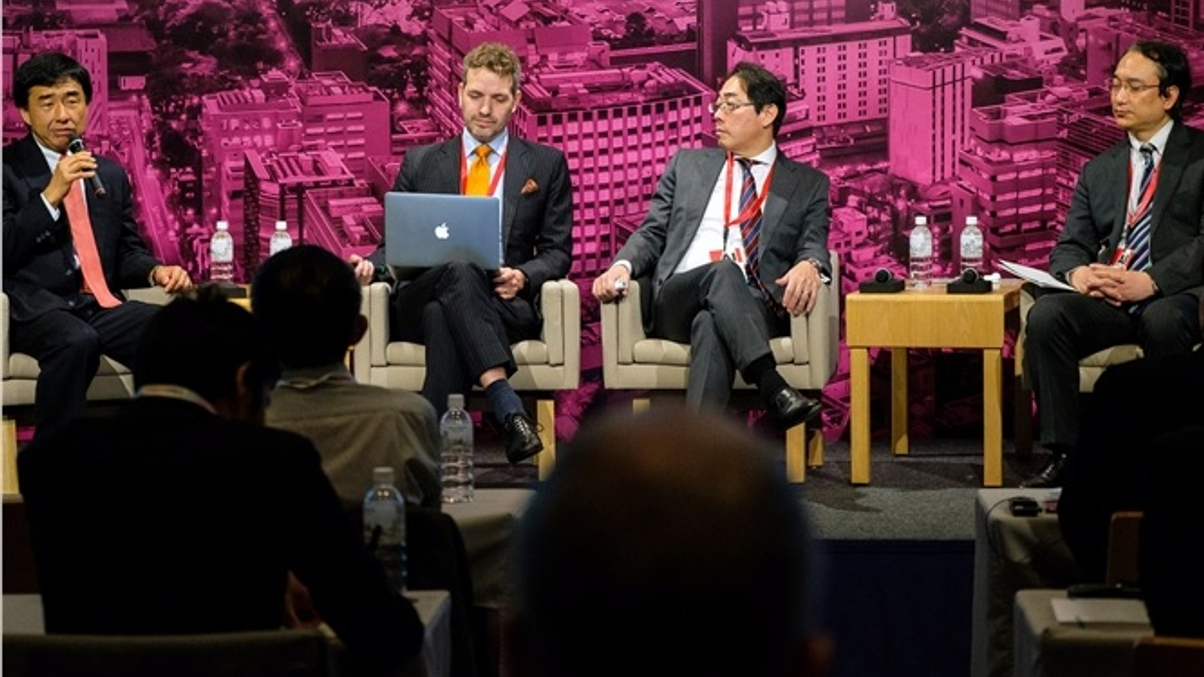Japanese instos shifting from hedge funds to real estate
Long-term investors are increasingly looking at private Reits for diversification purposes and stable yields, delegates at AsianInvestor’s 7th Japan Institutional Investment Forum heard.

Japan’s institutional investors have traditionally invested in alternatives via hedge funds but that may be changing as opportunities open up in the real estate space, delegates at an AsianInvestor conference heard on March 15.
Sign in to read on!
Registered users get 2 free articles in 30 days.
Subscribers have full unlimited access to AsianInvestor
Not signed up? New users get 2 free articles per month, plus a 7-day unlimited free trial.
¬ Haymarket Media Limited. All rights reserved.


